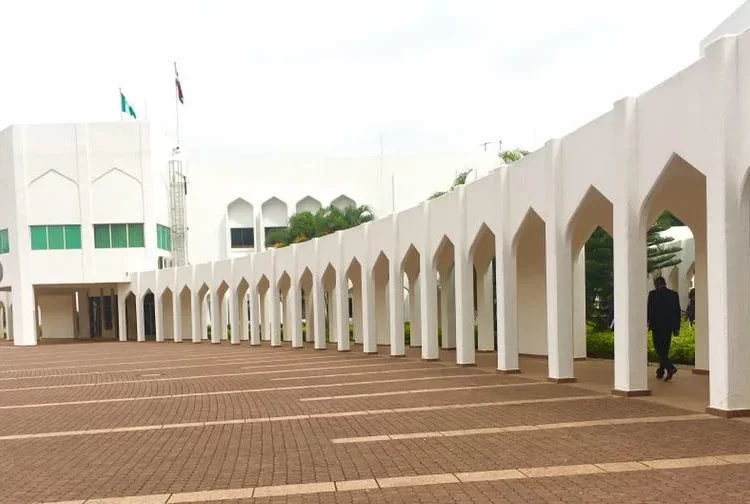By all means, outrage is warranted. The revelation that the Federal Government intends to invest a whopping ₦10 billion into solar energy at the Aso Rock Presidential Villa has understandably triggered a wave of public backlash. Citizens, already burdened by economic hardship and governance fatigue, are right to question the rationale and timing of such an investment. In a country where transparency is a luxury and policy communication is almost always an afterthought, skepticism is not just expected—it is necessary. However, beyond the understandable outrage lies a more nuanced conversation that deserves national attention.
Let’s start with the economics. According to the Director-General of the Energy Commission of Nigeria, Mustapha Abdullahi, the Villa’s annual electricity bill stands at an eye-popping ₦47 billion, a cost he described as clearly unsustainable. In defending the N10 billion solar grid project, Abdullahi explained that President Bola Tinubu approved the investment as a long-term solution aimed at cutting governance costs and transitioning to cleaner, more reliable energy.
He emphasized that the installation would not only provide uninterrupted power at the seat of government, but also help stimulate job creation, promote clean energy adoption, and reduce pressure on the already fragile national grid. These are not just technical benefits—they speak to fiscal prudence, energy sovereignty, and environmental responsibility.
From this standpoint, the solar transition at the Villa makes economic and operational sense. After the initial capital outlay, solar systems come with low maintenance and operating costs. Compared to the daily drain of diesel-powered generators, this is a strategic investment in cost-efficiency. Whoever conceived this idea deserves credit for proposing a solution that is not only climate-conscious but also economically sound.
But let’s not be quick to celebrate—good intentions, especially in the Nigerian context, are rarely enough.
The anger from Nigerians is not just about the N10 billion—it’s about trust. In a country where capital projects are often riddled with inflated contracts and little accountability, the optics of a multibillion-naira project at the seat of power are troubling. The questions are fair: Who are the contractors? What exactly is covered in the project scope? Will there be independent oversight? Is this really a one-time spend, or are we looking at a repeat entry in future budgets?
Indeed, one of the key advantages of solar energy is its low recurrence cost. Once installed, a properly designed and maintained solar grid does not require annual billion-naira allocations. Nigerians are justified in keeping their eagle eyes on this project to ensure it doesn’t become a new budgetary black hole masked as “green energy.”
That said, if the Villa’s solar transition is done right—with transparency, fiscal discipline, and accountability—it could become a blueprint for energy reform across the public sector. Ministries, departments, agencies, and even private businesses would do well to follow suit. Across the country, households and enterprises are already embracing solar power not just as an alternative, but as a necessity for survival in the face of skyrocketing electricity tariffs and persistent blackouts.
Aso Rock, as the symbolic and administrative heartbeat of Nigeria, should not be left behind in this shift.
In the end, the N10 billion solar project is not just an energy upgrade—it is a litmus test for how seriously this government takes fiscal reform, climate responsibility, and public accountability. The people’s outrage is valid. But so is the possibility that, just maybe, this time the government got it right.
Only time–and transparency –will tell.
Gaskiyally musing!











